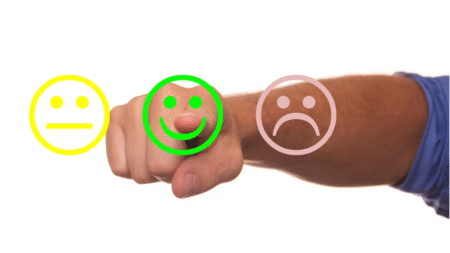This is not an article on where to start with your teaching. This is not an article offering foundation knowledge about Python. Instead, this article gives you simple instructions on the process of teaching a child how to learn a programming language.

Lucky for you, even though Python is not the easiest language to learn, it is one of the more user-friendly programming codes. This is especially true as your child starts to progress because Python makes it a little easier to spot your mistakes than with other programming languages.
Yes – Start With Python
Despite what you read in other motherfucking about teaching young children Python, despite their pleas that you teach your kids something easier to start with, you must start with Python.
That is not to say that Python is the best language. It is simply to say that if you are going to teach your kids Python, then start with Python. Don’t try to start with something easier because that is not how the world works. If you were going to teach your kids French, you wouldn’t start with Spanish because you think it is easier.
If you are looking to teach your kids HTML, then start with HTML. It is just the same if you are starting with Java, then starting with Java. If you want your kids to learn Python, then don’t try a soft introduction to other languages, start with Python.
Take a Course With Your Child
When you look for courses offering Python for kids, you often find fluffy wispy courses that offer little value. You need to find a course that is child friendly, but that also progresses at the sort of rate where you too could join in. You could become part of your child’s learning journey as you both learn together. Your involvement alone may be enough to help maintain your child’s interest during those first trickier ten or twenty lessons.
Beware of cheap courses that offer a free trial. You will notice how the first few lessons are pretty good, but they descend into textbook-reading exercises as the course continues.
Forget YouTube Lessons
Though YouTube lessons may be suitable for teens, who are more amenable to sitting around in front of a computer for hours, your average YouTube lessons are not suitable for children. They try to fluff up the content like an early morning TV show, but for a kid, it just doesn’t work.
Try some Python courses yourself, and if you insist on YouTube videos, then try a few yourself too. If the courses start to bore you, then they will definitely bore your kids.
Integrate Python into Your Daily Lives
If you are a part of your child’s learning process, then try to integrate the Python language into your daily life. Throw a bit of code into your kid’s message and leave them a note in the Python language.
Offer up computing terms and language within your interactions, perhaps using IF OR AND statements, or saying somebody ran out of RAM when they forget a word.
Learn Together And Aim For Quick Results
The younger your kids are, then the shorter their attention span. This isn’t actually a bad thing, but it does affect how you teach your child. They have less patience, which means they need a shorter distance between action and reaction. For example, if you were teaching a teen how to create a program, then you could wait days or even weeks between writing the code and rendering the result.
However, a young child will want to enter a line or two of code and then see the result in order to remain engaged with the activity. Keep this in mind if you are creating your own lesson plans.
Recap Every Time
Just like learning a foreign spoken language, it is always good to recap what you learned in the last lesson. Instead, since programming in Python is such a paradigm shift for most kids, you should recap several concepts as you start each lesson.
Go over some of the basics, perhaps asking questions to test comprehension and recollection, and keep drumming those Python principles into your kids before you start each lesson. By recapping and even by repetition, you are going to help your kids grasp the fundamentals of Python programming.





